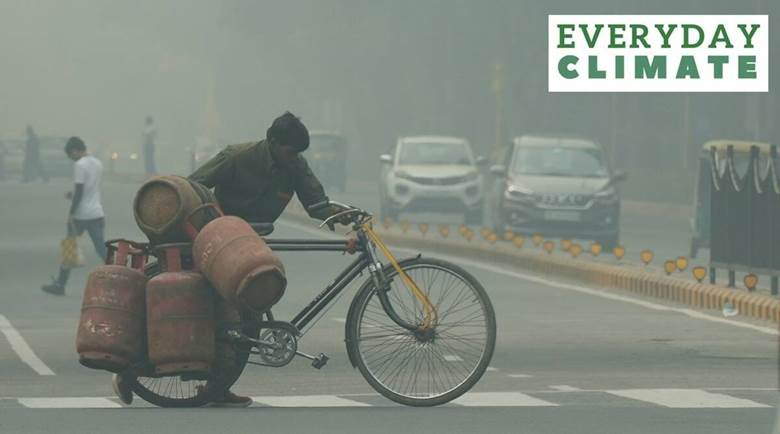Free Courses Sale ends Soon, Get It Now


Free Courses Sale ends Soon, Get It Now



Copyright infringement not intended
Context: With the Nation Capital Region’s air quality deteriorating to hazardous levels, the Commission for Air Quality Management (CAQM) invoked measures under Stage 4 of the Graded Response Action Plan (GRAP) with immediate effect.
Details:
What is the Graded Response Action Plan?
© 2024 iasgyan. All right reserved